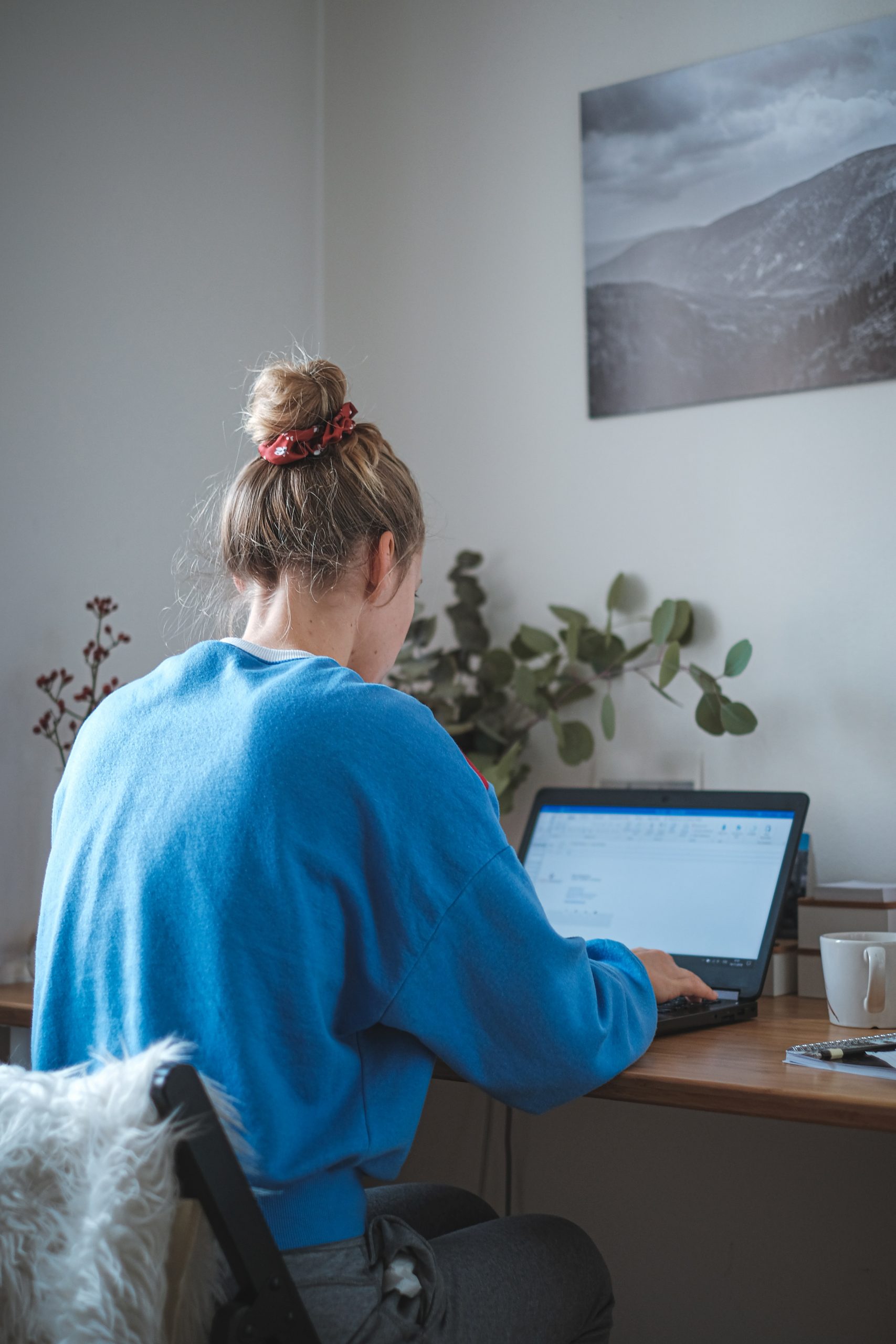Do you have some interesting skills that you would like to share with the online community? Are you wondering where or how to start? If yes, then you have come to the right place. You will be surprised to know that as many as 85% of social media users say that they crave more videos from the brands that they follow. So, if you are ready to start off with your new online teaching video, we can help you out. Keeping some key points in mind when you start designing your videos can help you create crisp and eye-catching content.
So, let us check these points out one by one!
- Be Natural: One of the most important things that you must keep in mind while making online videos is to be natural and yourself. If you try to do or be something that you are not, your content will not flow. You must think that you are making a video about something that you already know and are good at, so just go with the flow. This will help you connect better with your audience. According to research, when instructors in videos speak in an enthusiastic tone and a conversational manner, they are loved more by their audience. Moreover, people love to know the person behind the videos, so telling them a little bit about yourself and where you come from helps create a great bond between you and your audience. So, be natural, be yourself, and be authentic. This is the key to making successful and strong videos.
- Write Your Script: You must write your script in advance so that you know exactly what you convey through your videos. You must remember to make a good flow, so you can start with a short introduction about the topic. This can follow some of the most important points that you would like to cover in the video. You can also write crisp content for each point so that the information conveyed is compact and does not have fluff. This will help you transmit the information in the most impressive and impactful way. Finally, you can have a small summary of all the important points to help your audience understand the topic completely.
- Test Before You Start: Another very important point is to check all your devices well before you start making the video. Your microphone is an important part of the process, so you must run some tests with it to make sure that the sound system is working well. You would also need a good video editing program to do your editing after you have recorded everything. There is free software available online, so you can check them out and run small tests with them before you start with your actual video.
- Choose The Theme: When choosing a theme for your online teaching video, you must define the type of video and the content you want to work on. A good tip in this regard is to present a maximum of three main ideas per video.
- Create The Script: Teachers have the facility to stand up in front of a group of students and dictate an entire lecture without it representing a greater effort. That said, before the cameras, it is a completely different ballgame. So, the script can help define the content to be recorded in the available time frame.
- Select The Scenario: This will depend on the type of video, and if you are the main character of the video, you can record yourself in an office or a classroom. On the contrary, if we are talking about a video tutorial, the scenario or background loses importance since a computer screen will be shown in this case.
- Practice Before Clicking The Record Button: Although, as stated above, the script will be your guide, it is important to practice so that the recording comes out as natural as possible. Practice is key, and it is important to make sure that you do a trial run or several of them until you are confident that you can record a natural and authentic teaching video.
- Video Review And Test: Prepare and do tests with a camera (this can be a web camera or a digital camera) and a microphone. In the case of recording a video tutorial, you will require an additional program that captures the images on your screen. Several can be found online and are free to use, such as Screencast.
- Be Careful With The Audio: Bad audio can lower the quality of your video even when the content is very good. Avoid ambient noise and try not to get too close to the microphone. An important tip is to run an audio test before recording all content.
- Duration: Make short videos of 6 to 10 minutes long. With this, you will be able to keep the attention of the students.
- The Three Moments Of The Video: A suggested technique is that you start your video with a short introduction of what will be seen, then share the topic and finally make a short summary or relationship of the topic with the real context of the student.
- Video Editing: At the end of the video recording, it will have to be edited, adding some texts, transitions, or images that visually reinforce the content. For this, there are programs that facilitate this task, including Camtasia, Movie Maker (Windows) or iMovie (iOS), and the YouTube editing option.
- Publication Of The Video: All that remains now is to publish the video. The channel you use will depend on the privacy and digital communication media that you have available with the students. Some options are YouTube, Vimeo, or sharing it through Google Drive.
Conclusion
And there you go! These are some of the most important tips and tricks to make a good online teaching video for your students. Remember that content is king, but it is still essential to present that content in a comprehensive and cohesive manner.








